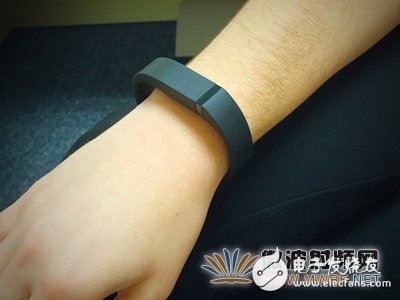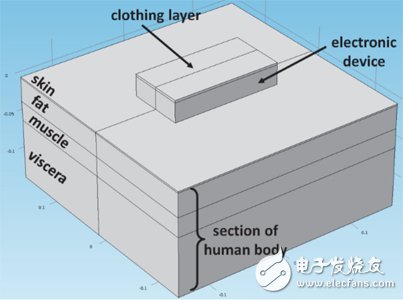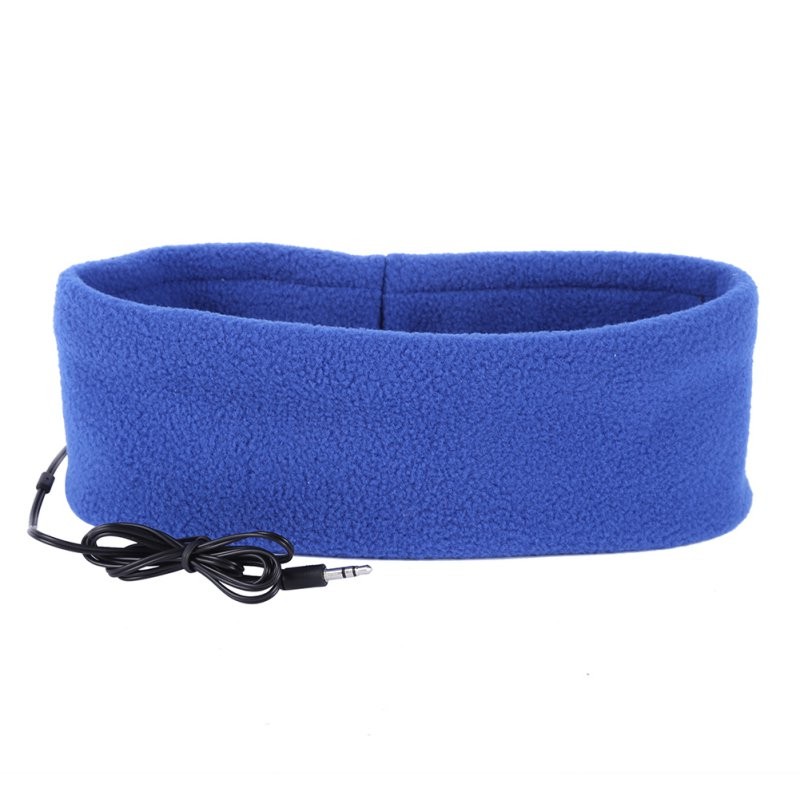The popularity of consumer and medical wearable technologies is increasing year by year. This type of equipment is designed for continuous use. If the design is not reasonable, the heat generated by the equipment will cause a malfunction and may burn the equipment. To avoid damage to equipment users, the effects of heat transfer must be taken into account when designing the product. The simulation capabilities of COMSOL MulTIphysics make it possible.
Wearable technology: use and precautions
Last month's International Consumer Electronics Show (CES) showcased the various technological innovations that will be launched this year. Wearables are one of the highlights of this conference, including the latest developments in products ranging from wristbands for tracking fitness to smart watches. Among the new inventions, including a skin patch that monitors the amount of sunlight, prevents UV damage; a clothing accessory that alerts an emergency contact; and a baby boot that tracks the baby's vital signs. Will help prevent sudden infant death syndrome (SIDS).

Figure 1. The fitness tracker is a more common wearable technology application designed to monitor your physical activity throughout the day.
With the continued development of wearable technology, there are a number of issues that need to be addressed. For example, these devices will continue to collect and store our personal data and should therefore be extremely secure. Hackers have been trying to steal such data, and they are trying to control wearable medical devices responsible for health monitoring and drug distribution, which can have serious consequences. Another issue to consider is the security of the device. If these devices that we should have worn for a long time are overheated, it may cause burns.
By studying the heat transfer in the device and its impact on human skin, we can optimize wearable technology for safer use. Thoratec's research team used COMSOL MulTIphysics and heat transfer simulation to study heat transfer in electronic devices after prolonged wear. Let us analyze it now...
Safely wearable electronic deviceIf the direct contact surface of the wearable electronic device with the skin becomes hotter than the other faces, it will begin to transfer heat to the skin until the temperature drops to the same level as the other side. After a period of time, the skin may be injured due to excessive temperature. As early as the 1930s and 1940s, studies have determined that the skin will be injured when the temperature reaches about 44 °C. (You can find out more in the References section at the bottom of this research paper.)
To avoid skin damage, electronic equipment must meet the standards specified by the International Electrotechnical Commission (IEC). This standard lists the highest safe temperature that should not be exceeded when the device is in continuous use. The damage threshold specified by the IEC is 43 ° C, which is consistent with the above mentioned skin damage temperature of 44 ° C. The standard also defines steady-state contact between the skin and the device within 10 minutes. For most wearable devices on the market, this is the length of time necessary to maintain their normal operation.
To design a device that meets this standard, Thoratec researchers used simulations to predict the temperature of the skin as it touches the device. They also analyzed the heat budget of the device, which is how much heat the device will generate before it reaches the damage that would harm the human skin.
Study heat transfer in wearable technology designThe main purpose of the simulation analysis is to simulate heat transfer in the skin, other types of subcutaneous tissue, and in and around the device. The team used the Pennes equation to describe heat transfer in the human body. This is a regular equation for heat conduction, but a source term is added to take blood flow into account. Note that the blood itself is not a heat source, but when it exceeds or falls below body temperature, it will act as a heat source or a heat sink, respectively.
As you can see in the model below, the human body is divided into four layers: skin, fat, muscles and internal organs. The model also includes a 141 mm * 83 mm * 25 mm electronic device that includes the board, wire, battery, housing, and trapped air. The device was simulated using the heat conduction equation due to the presence of conductive parts.

Figure 2. Basic model geometry, including electronic equipment, parts of the human body, and clothing layers. Image courtesy of JF Hansen, taken from his research paper presented at the COMSOL User Conference Grenoble Station 2015.
Researchers set boundary conditions for skin, equipment, and clothing. The inner surface of the device is in contact with the skin, the outer surface is in contact with the laundry, and the air is also trapped in the middle. The style of the garment (such as loose or slim fit) will affect the result. For example, a slim spandex shirt will wrap the device tighter around the wrist and produce a different temperature than a loose sweatshirt. Here, the researchers simulated a 3 mm thick fabric that was tightly enclosed in the outer layer of the device; and added heat transfer while simulating the trapped air therein.
The 3D model was simulated using the solid heat transfer basic physics interface in COMSOL MulTIphysics software. For the blood heat source term, the researchers entered the Pennes equation directly into the source term of the physics interface. In your own simulation, for all the heat transfer coefficients of the included items, you can use the built-in heat transfer coefficients in the available material properties, or enter your own items for more control, which is the choice of these researchers.
The adult Sleep Headsets are placed in close contact with the ears and eyes, and when the music is played, other noises are inserted into the middle ear and the inner ear (ear drums) to achieve the purpose of sound insulation, thereby enabling a peaceful rest.The sleep headphones are characterized by softness, comfort and durability, and are of higher quality, more suitable for daily sleep.The style is simpler and mainly based on softness and comfort.
Advantages:
1. Wearing a sleep headset to sleep will make you feel very comfortable, there will be no cumbersome feeling, you can use it as a blindfold or as a headscarf.
2. It is easy to disassemble and can be washed with water.
3. It is suitable for use when traveling by plane, effectively shielding noise and allowing you to rest in peace.

Sleep Earphones,Wireless Headset,Soft Headphones For Sleeping,Adult Sleep Headsets
Shenzhen Linx Technology Co., Ltd. , https://www.linxheadphone.com